Ficus benjamina: pests, control measures and prevention

Plants from the genus Ficus, the Mulberry family, have been used by humans since time immemorial. The leaf of the fig or fig, one of the types of ficus, has been depicted many times by artists of all times, and the fig itself is a valuable food product. Many species of ficus are valued as rubber plants. Ficus leaves are used in medicine.
Ficus trees grow mainly in warm climates of the tropics and subtropics. Due to their attractive appearance, they have become popular indoor plants. One of them - ficus Benjamin, whose pests and measures to combat them will be discussed below.
Content:
- Mealybugs on ficus, control measures
- How to deal with scale insects on ficus benjamina
- Measures to combat spider mites on ficus benjamina
Mealybugs on ficus, control measures
Very often, ficus benjamina leaves begin to turn yellow, dry out and fall off. If this is not due to errors in care or moving the flower to another place, then perhaps the reason for this phenomenon is damage to the plant by mealybugs. To detect the pest, you need to inspect the leaves and stems of the ficus.
It is not difficult to spot the pest. His body is shrouded in a whitish substance - powdery wax. It looks like cotton wool or felt. The plant is harmed by females and larvae. Infection is indicated not only by the appearance of white cocoons, but also by the flow of white juice from damaged leaf blades or stems. In this case, the surface becomes sticky.
If measures are not taken immediately, the pest can cause not only individual leaves to dry out, but also shoots to stop growing, and then the death of the entire plant.
The reproduction rate of this dangerous pest is enormous; one female, whose body length is on average 3-5 mm, lays up to 600 eggs. They are also in a soft white cocoon. The process of laying eggs lasts about two weeks, after which the females die.
Young individuals begin to actively feed on plant juices, white threads appear around them and reproduction repeats itself. At temperatures above 24 degrees and high humidity, scale insects grow and reach sexual maturity very quickly.
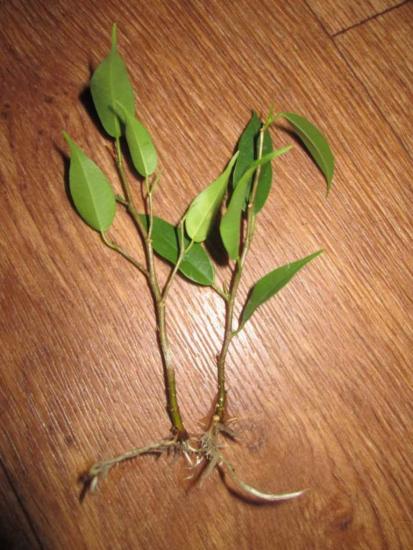
It is very difficult to fight insects; cocoon fibers protect insects from direct exposure to insecticides. In addition, scale insects adapt very quickly to the products used. In the initial stage of the lesion, you can use traditional methods:
- first wash the leaves with added soap
- then rinse them with running water
- sprinkle with infusion of tangerine or lemon peels
More serious measures to combat this pest are as follows:
- radical pruning of all parts of the plant affected by scale insects
- two - three times treatment of the plant with the preparations "Decis", "Karbofos" according to the instructions for the preparation; in severe cases, the damaged parts are cut out before spraying
Main prevention - compliance with quarantine after purchasing new plants. Even purchased bouquets should not be placed next to indoor flowers.
How to deal with scale insects on ficus benjamina
Scale insects are as serious pests for ficus plants as scale insects. Scale insects are dangerous because they can go unnoticed for a very long time.Due to the hard skin shield with a waxy coating covering the insect from above, and the tightest possible fit to parts of the plant, it is almost impossible to destroy it in adulthood using insecticides. The favorite places to place scale insects on ficus are:
- bottom of sheet
- trunk
- place where petioles attach to the trunk
If infested seriously, scale insects can seriously damage the plant and actually kill it. A sign of such a lesion may be the appearance of sticky liquid on the leaf blades. Sometimes there is so much of it that it drips from the leaves. Measures to combat scale insects begin with the mechanical removal of adult individuals by hand.
Using a small stiff brush will make the process easier. You can also use a toothbrush. Manual cleaning is only effective at an early stage. If time is lost, you need to act more radically. To do this you need:
- isolate the infected ficus
- remove all adult scale insects that you can see
- cut off the most infected leaves
- spray the plant with actara solution
- every other day, spray the ficus again
- after seven days, carry out a third spraying
Video about pests of Ficus Benjamin:
Important! In the summer, it is more convenient to inspect and treat the plant outdoors in good sunlight. Regular careful inspection of the ficus is a good prevention of scale insects infection. The presence of a magnifying glass will increase the reliability of external inspections.
Measures to combat spider mites on ficus benjamina
Spider mites are dangerous because they cannot be destroyed at once. If a thin cobweb becomes noticeable on the ficus trunk, then this is a sure sign of the appearance of a spider mite. In severe cases, the plant may be completely entangled in cobwebs.
If detected in a timely manner, it is enough to wash the leaves and shoots of the ficus with soap. After this, leave the plant for three hours and rinse off the solution. Cover the ficus with a bag for a day. The following chemicals will help get rid of spider mites:
- Aktellik
- Neoron
- Fitoverm
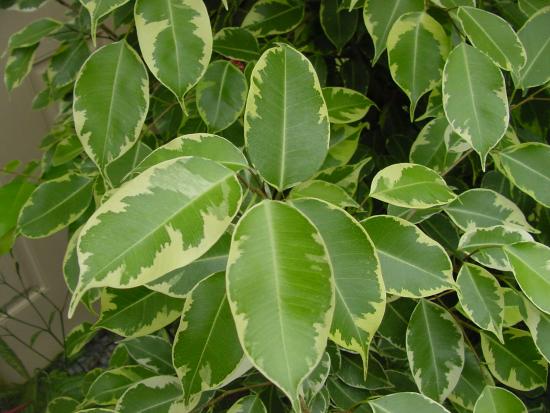
Processing these drugs carried out according to instructions in compliance with safety measures. Superstitious people unfairly consider ficus unsuitable for growing in residential premises. Actually this is not true. Ficus not only cleans the air well from dust and pollution, but also reduces the number of pathogenic microbes. Therefore, the presence of ficus Benjamin in the house will significantly improve the microclimate inside it.

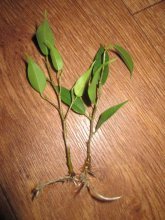
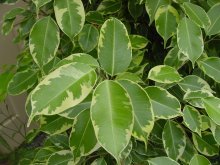
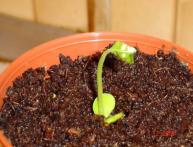


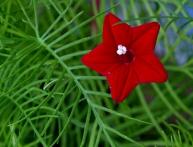




Comments
My ficus is constantly getting sick, I try to keep an eye on it, I buy all sorts of supplements, but I haven’t noticed any special effect, maybe it’s just in the wrong place or I need to replant it.
One day, my ficus was attacked by a scale insect, but somehow I immediately noticed and thoroughly washed each leaf with soap and then checked every day to see if new lesions had appeared, but everything ended well.
I have been growing Ficus Benjamin at home for several years, and no diseases have ever been noticed. In my opinion, this is a fairly disease-resistant plant. Now, if you compare it with violets, they get sick more often due to the increased humidity at home in the off-season.